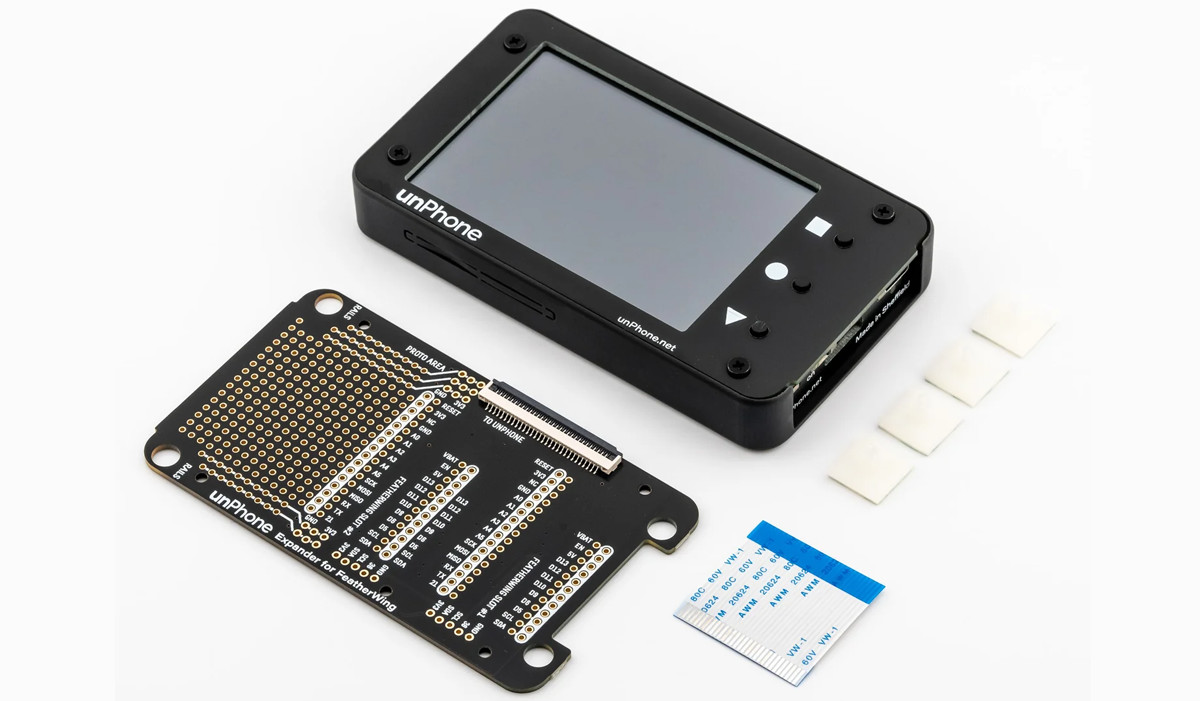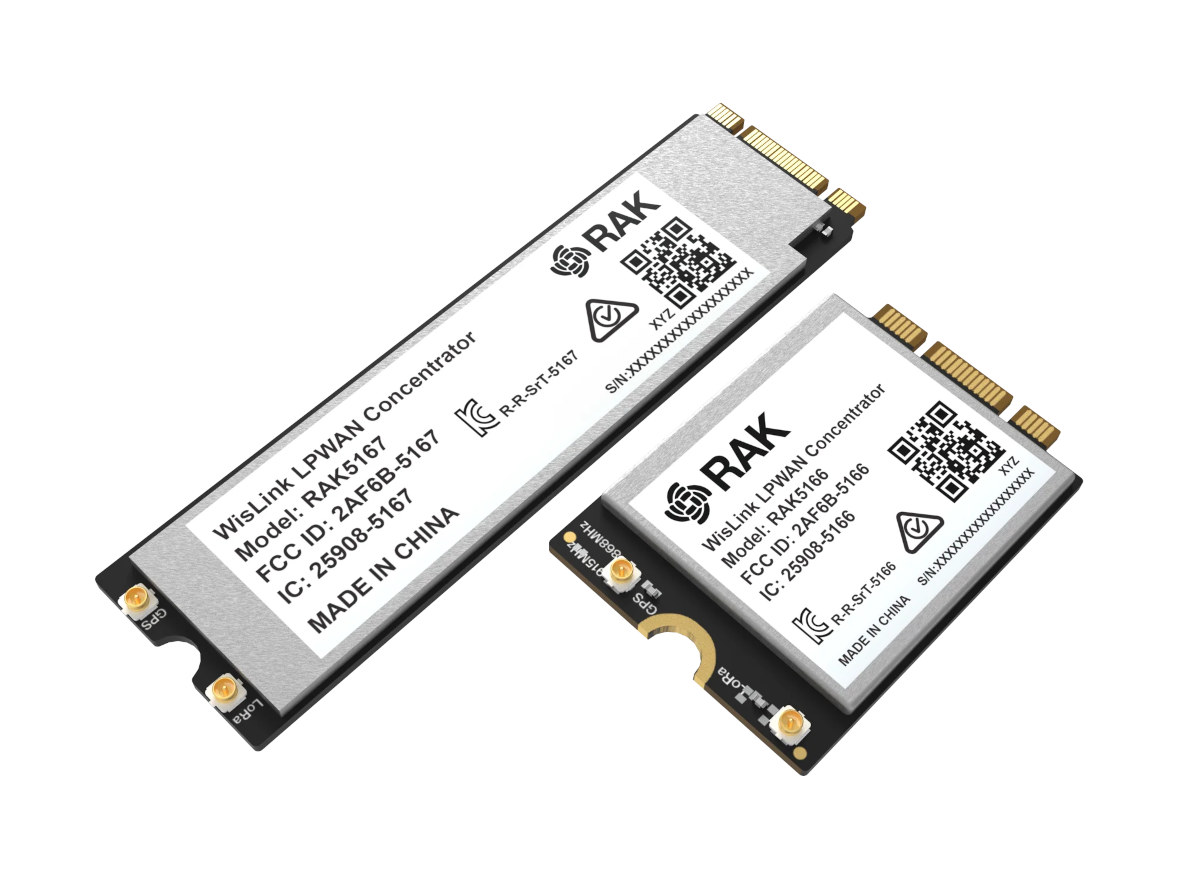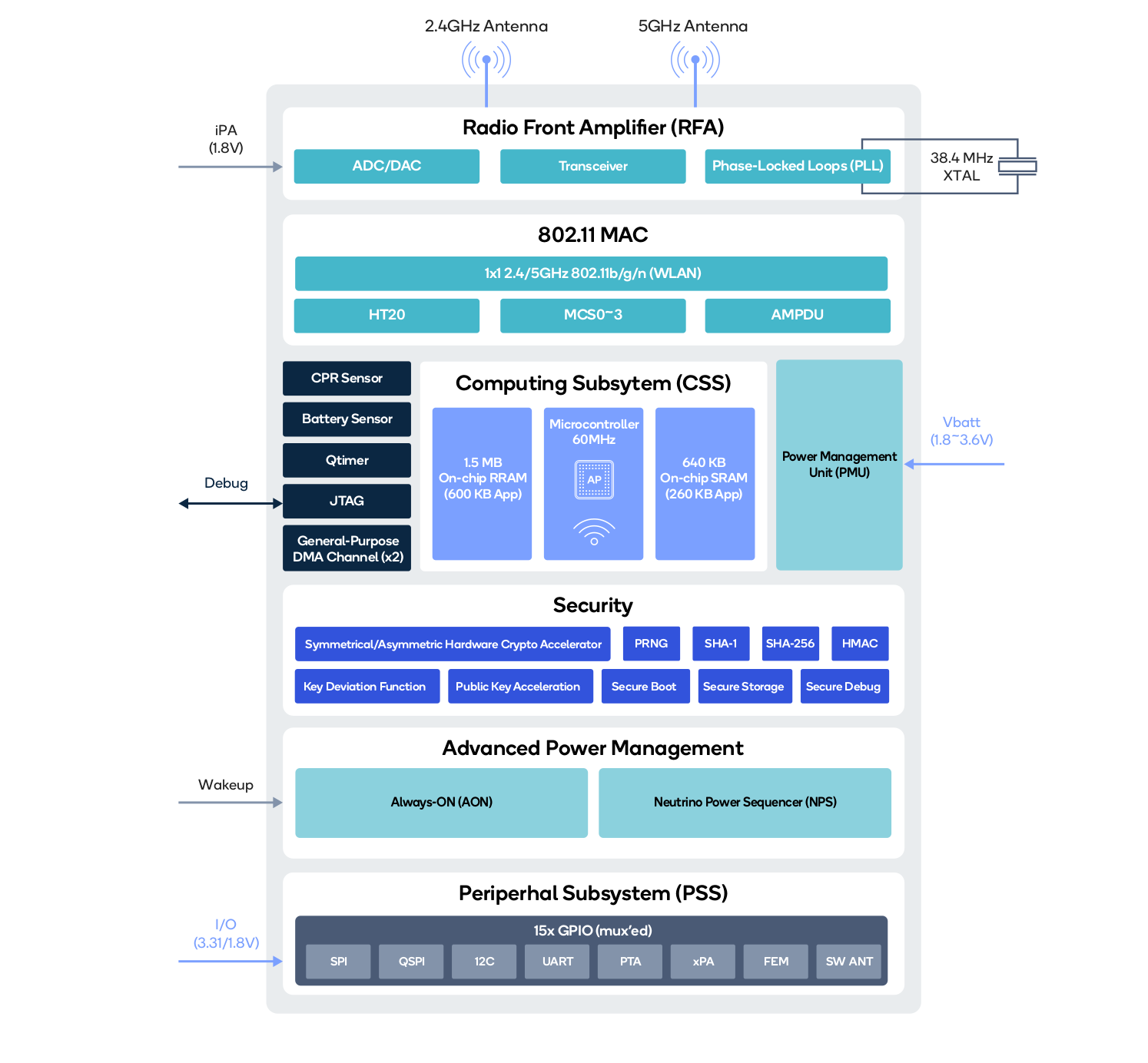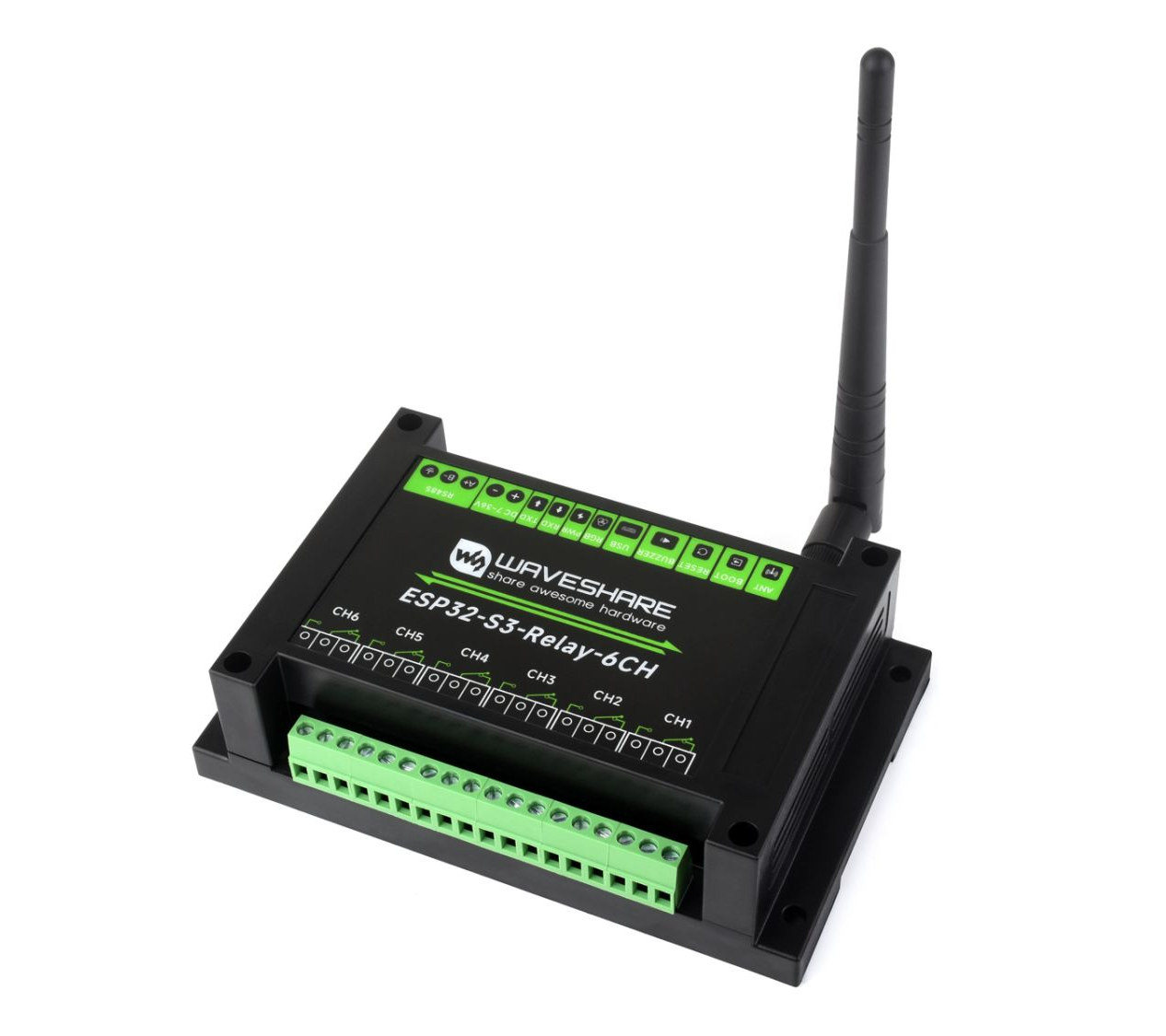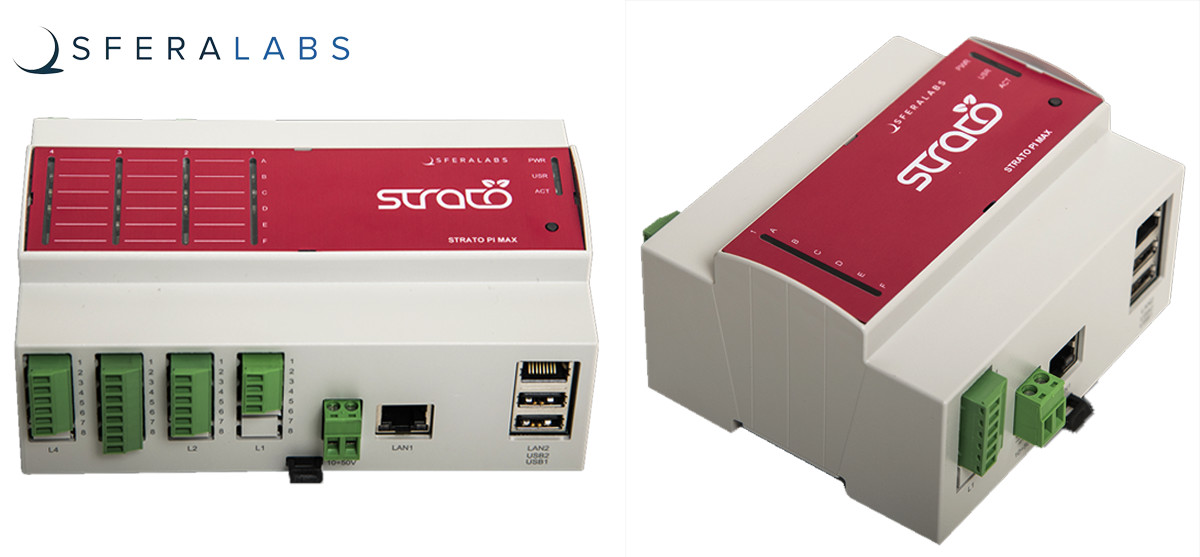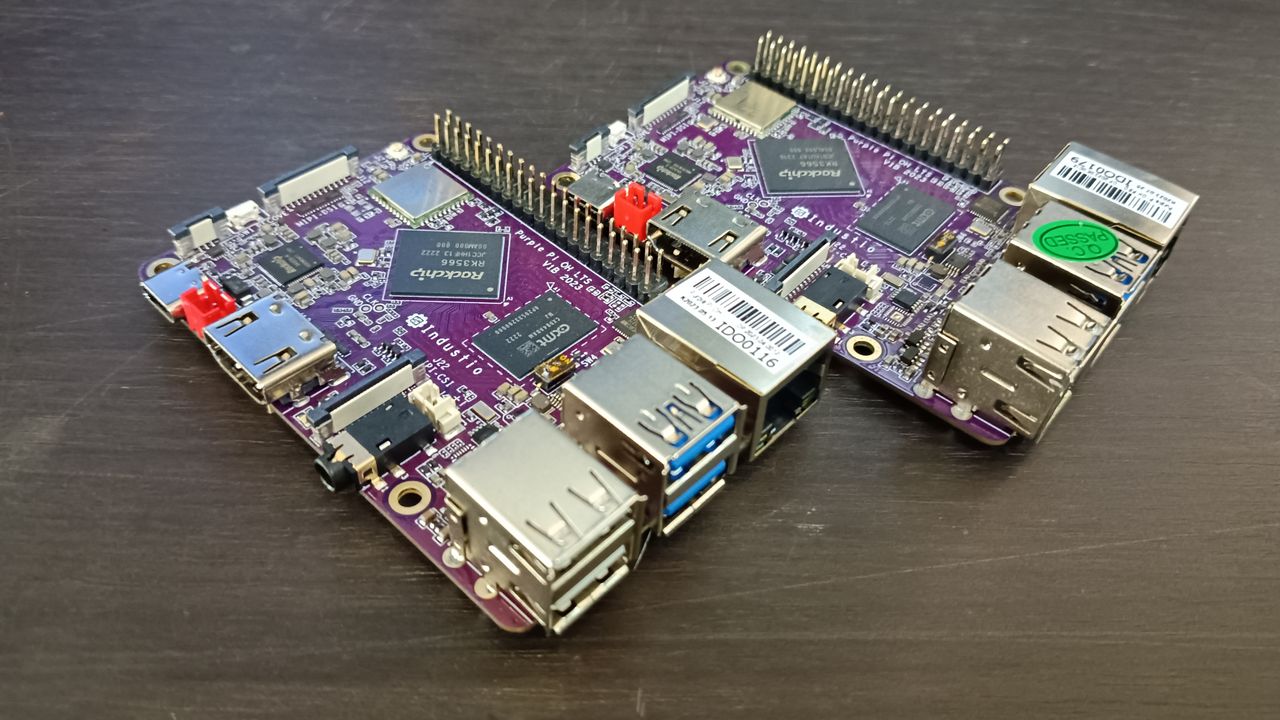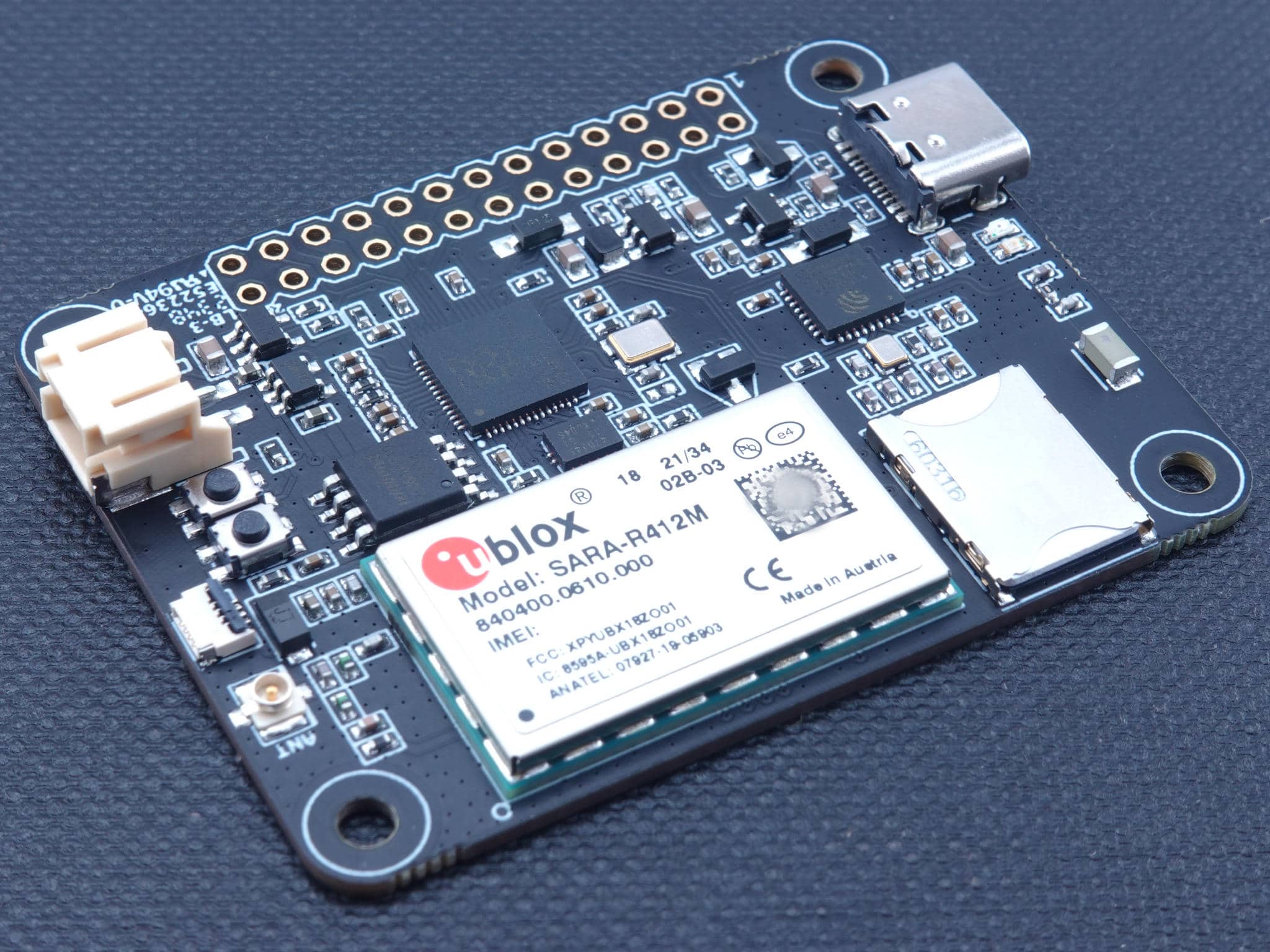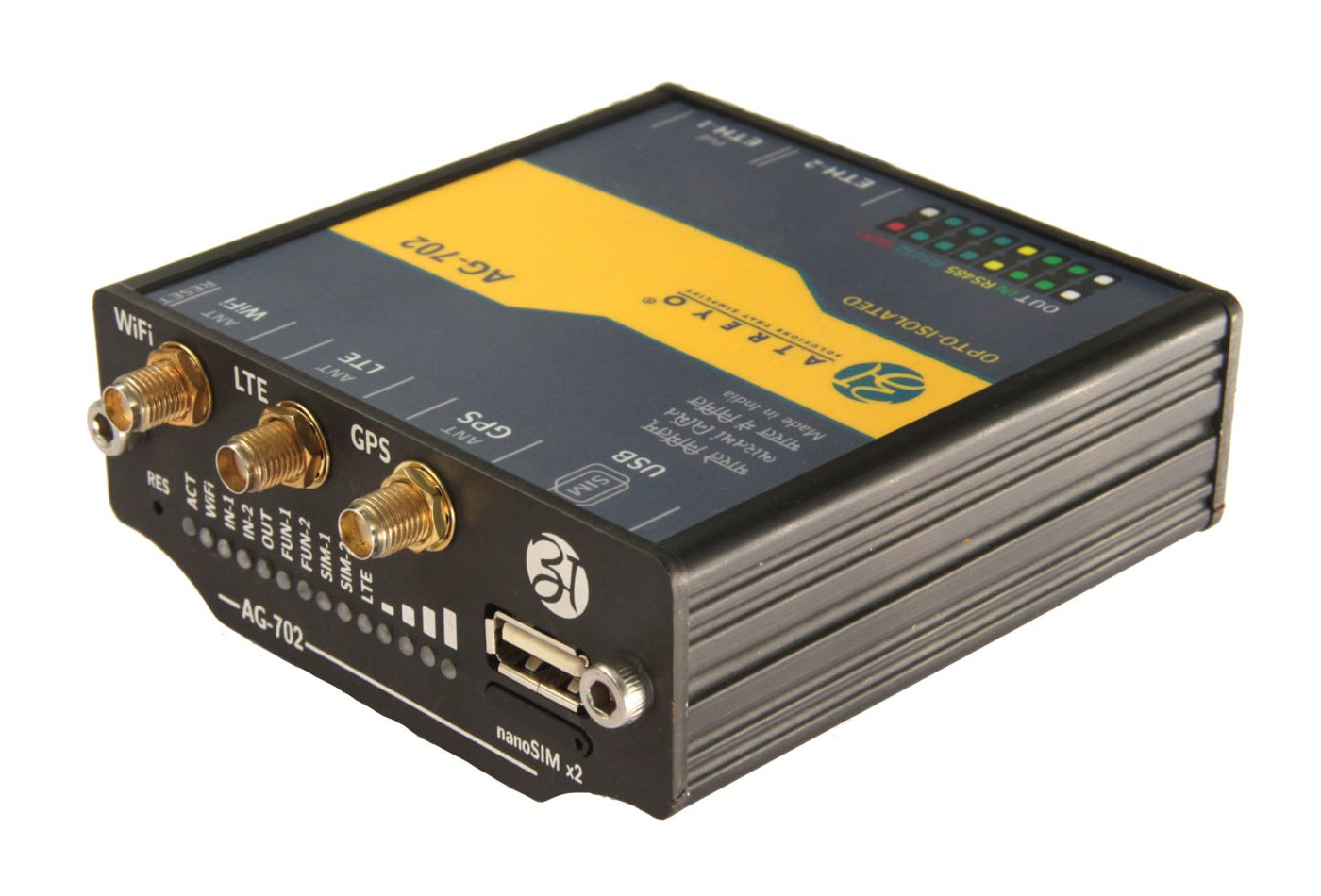Pimoroni, in partnership with the University of Sheffield, introduced the unPhone – an open-source non-cellular IoT development platform built around the ESP32-S3 wireless microcontroller. The unPhone isn’t meant to replace phones but can simplify tasks and give you more control over your data. In addition to the ESP32-S3, it features a 3.5″ 320×480 touchscreen display, LoRaWAN, Wi-Fi, Bluetooth, a vibration motor, an accelerometer, and various other features. Designed with these capabilities, this module can be used for teaching and rapid prototyping, while also finding applications in aquaponics. unPhone key features and components Wireless module – ESP32-S3-WROOM-1U-N8 MCU – ESP32-S3 dual-core Tensilica LX7 up to 240 MHz with 512KB SRAM and 8MB PSRAM Storage – 8MB Quad SPI flash Wireless – 2.4 GHz WiFi 4 and Bluetooth LE 5 Hardware Features LCD touchscreen for debugging and UI creation. LoRaWAN for free radio communication Vibration motor for notifications. IR LEDs for remote control. […]
RAKwireless launches SX1303 based M.2 LoRaWAN concentrator modules and full-duplex gateway
RAKwireless has recently introduced two new LoRaWAN products with the RAK5166/67 WisLink M.2 3042/2280 concentrator module based on the Semtech SX1303 RF transceiver and the RAK7285 WisGate Edge Ultra Full-Duplex gateway for high-density network deployments, particularly for smart city infrastructure, metering applications, and other scenarios requiring reliable two-way communication at scale. RAK5166 and RAK5167 M.2 3042 and 2280 LoRaWAN concentrator modules RAK5166/RAK5167 specifications: Wireless Semtech SX1303 baseband processor with 8 x 8 channels LoRa packet detectors, 8x SF5-SF12 LoRa demodulators, 8x SF5-SF10 LoRa demodulators, one 125/250/500 kHz high-speed LoRa demodulator, and one (G)FSK demodulator Tx power up to 27 dBm Rx sensitivity down to -139 dBm @ SF12, BW 125 kHz Supports global license-free frequency band (EU868, IN865, RU864, US915, AU915, KR920, AS923-1, AS923-2, AS923-3, AS923-4) Listen Before Talk (LBT) support Fine Timestamp Built-in ZOE-M8Q GPS module (optional) 2x MHF4 IPEX connectors for the LoRa and GNSS (optional) antennas Host […]
Qualcomm QCC730 low-power Arm Cortex-M4F WiFi 4 SoC targets battery-powered IoT applications
Qualcomm has unveiled the “micro-power” QCC730 Arm Cortex-M4F dual-band WiFi 4 microcontroller for the IoT market that targets similar applications as the Espressif ESP32 microcontrollers but potentially at lower power consumption with claims of up to 88% lower power than “previous generations” making it suitable for battery-powered industrial, commercial and consumer applications. To highlight the low-power consumption, the company also mentions that QCC730 devices could become high-performance alternatives to Bluetooth IoT solutions with direct cloud connectivity. Qualcomm QCC730 specifications: CPU core – Arm Cortex-M4F @ 60 MHz Memory/ Storage 1.5 MB RAM, including 600KB for user app (On-chip RRAM (NVM) to host application without the need for an external NOR flash) 640 KB SRAM, including 260KB for user app XiP over QSPI Flash Wi-Fi Standards: 802.11b, 802.11g, 802.11n, 802.11a Spectral Bands: 2.4 GHz, 5 GHz Channels: 20 MHz Antenna Configuration: 1×1 Features: up to MCS3 Interfaces – Master I2C, 15x […]
6-channel ESP32-S3-based WiFi relay module offers RS485 interface, supports Raspberry Pi Pico HATs
Waveshare ESP32-S3-Relay-6CH is a 6-channel WiFi and Bluetooth relay module based on Espressif Systems ESP32-S3 wireless microcontroller that also supports RS485 control and comes with headers taking Raspberry Pi Pico HATs adding RTC, CAN Bus, RS232, LoRa, sensors, or other features. The relays are rated 250VAC/30VDC up to 10A, the system take 7V to 36V DC input through a terminal block, and can be programmed with Arduino or MicroPython though a USB-C port. It also features a a built-in buzzer, an RGB LED, and is housed in a DIN Rail-mountable ABS case. Waveshare ESP32-S3-Relay-6CH specifications: Wireless module – ESP32-S3-WROOM-1U-N8 by default MCU – ESP32-S3 dual-core Tensilica LX7 up to 240 MHz with 512KB SRAM Storage – 8MB Quad SPI flash Wireless – 2.4 GHz WiFi 4 and Bluetooth LE 5 u.FL connector for external antenna 6x relays via terminal blocks Rating – Up to 10A 250V AC / 30V DC […]
Sfera Labs Strato Pi Max DIN rail industrial controllers are built around Raspberry Pi CM4 or Zymbit SCM module
Sfera Labs has recently introduced two new Pi Max DIN rail industrial controllers – the Strato Pi Max XS and Strato Pi Max XL configured with a Raspberry Pi CM4 or the Zymbit Secure Compute Module (SCM). Both have options for different RAM and eMMC flash configurations and can come with or without wireless connectivity. The module also features a Raspberry Pi RP2040 microcontroller that manages tasks such as power management and boot sequence control. Additionally, it enables connections to the CM4 module through I²C, USB, and UART. Strato Pi Max industrial controller specification Base Module – Raspberry Pi Compute Module 4 or Zymbit SCM options. Microcontroller – Raspberry RP2040 dual ARM Cortex-M0+ at 133 MHz. Storage – eMMC, microSD (dual for XL), M.2 PCIe SSD. Connectivity – Wi-Fi, BLE, dual Ethernet ports (GbE and 100MbE). USB – 2x USB 2.0 ports with power control and fault detection. Sensors – 3-axis accelerometer. Cooling – Internal […]
Review of Purple Pi OH – A Rockchip RK3566 SBC tested in 2GB/16GB and 4GB/32GB configurations
Hello, I am going to review the Purple Pi OH boards from Wireless-Tag. The Purple Pi OH is a single-board computer (SBC) mechanically compatible with the Raspberry Pi. They are designed for personal mobile Internet devices and AIoT devices, which can be used in various applications, such as tablets, speakers with screens, and lightweight AI applications. The manufacturer sent me two models. The first model is the Purple Pi OH, which is equipped with 2GB of memory and 16GB of storage space and supports 2.4GHz Wi-Fi. The second model is the Purple Pi OH Pro, equipped with 4GB of memory and 32GB of storage space. This board supports both 2.4GHz and 5GHz Wi-Fi. The other components of both devices are almost the same. They are powered by the Rockchip RK3566 chip, which integrates a quad-core Cortex-A55 processor up to 1.8 GHz, a Mali-G52 GPU from Arm for 3D graphics acceleration, […]
The RP2040 Connectivity Board — An IoT solution combining LTE, Wi-Fi, and BLE into a single platform
iLABs (Invector Labs), a European embedded equipment manufacturer, has released a new device, the RP2040 Connectivity Board, an IoT development board that is based on Raspberry Pi’s signature microcontroller IC, the RP2040. The RP2040 Connectivity Board features key IoT connectivity options such as LTE, Wi-Fi, and BLE (Bluetooth Low Energy). It is compatible with both Arduino and PlatformIO and is designed for professional and hobbyist users with wide-ranging connectivity needs. The SARA-R412M series module from u-blox handles cellular communication (LTE) and can be configured to enable multi-regional coverage in both GSM and LTE-M/NB-IoT radio transmissions. It features a unique and immutable root of trust and supports IoT security as a service. The RP2040 Connectivity Board also includes an Espressif ESP32-C3FN4 chip for Wi-Fi/BLE communication based on a RISC-V microcontroller core and implementing a Wi-Fi subsystem that complies with the IEEE 802.11b/g/n standard and supports various operating modes. The Bluetooth Low […]
Industrial OpenWrt gateway features MediaTek MT7628 SoC, WiFi, LTE, and GNSS connectivity
Atreyo AG-702 is an industrial OpenWrt gateway based on the MT7628 processor with dual Ethernet and WiFi connectivity as well as a built-in LTE and GNSS modem supporting two SIM cards. The gateway is equipped with isolated RS485 and RS232 interfaces, two digital isolated inputs, one relay output, and a USB host port that can be used to connect a flash drive or USB converters to various other interfaces. It is housed in an anodized aluminum enclosure and supports a wide 14-60V DC input range suitable for industrial settings. Atreyo AG-702 specifications: SoC – MediaTek MT7628 MIPS processor at 580MHz System Memory – 256MB Storage – 32MB eMMC flash + 512MB NAND flash with ExtRoot support (overlay) Networking 100Mbps Ethernet WAN port 100Mbps Ethernet LAN port LTE/GPRS with dual SIM, 1x external antenna 2.4 GHz WiFi with 1x external antenna GNSS with active antenna support USB – 1x USB 2.0 […]


